- Details
- Written by: Kamran Mofid
- Hits: 2651
A picture is worth a thousand words
‘The power of an image is to invite you, the viewer, into a time and place and make you believe you were actually there, right beside me as I tripped the shutter. These fractions of a second, caught on film, represent some of my best times in some of the best places I have had the privilege to travel. I will update this blog with entries from my journal whenever I can get access to a computer in my travels.’-Marine photographer and environmental lecturer Michael S. Nolan
Timeless Pictures
Mother Nature in Tears

Photo:mirror.co.uk
July 16, 2009 - Austfonna ice cap located on Nordaustlandet in Svalbard, Norway
‘Sometimes an image just seems to be too good to true! The image above has caused quite a stir around the world in so many ways. When I took the image early in the morning on July 16, 2009 from the bow of the National Geographic Explorer I was struck by the unmistakable likeness of the face of a woman crying. In fact once my mind locked onto the face it was hard to see any other pattern in the ice cap. I was moved to photograph this particular waterfall several different ways with a couple of different lenses. It was one of the best examples of a human likeness I have ever witnessed in nature.’...
‘I encourage everyone to go and experience Mother Nature for themselves, wherever (and however) you can find her! Perhaps she will change your life, as she has changed mine. I have hope for even the most ardent unbelievers. The beauty is all around you, you just have to open your eyes (and heart).’
Photo and excerpts: Michael S. Nolan
Timeless Words and Visions
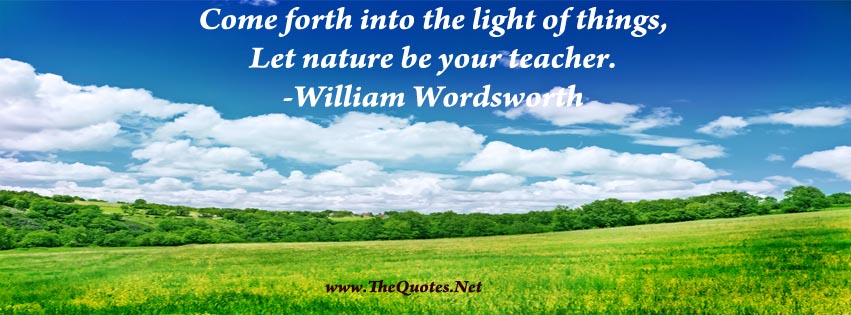
Nature the Best Teacher: Re-Connecting the World’s Children with Nature
Envisioning the Future of our Children’s Education
Spiritual Ecology and 10 Practices to Reawaken the Sacred in Everyday Life
Spirituality and Environmentalism: Healing Ourselves and our Troubled World
Timeless Music and Lyrics
One of the world’s best-known and best-loved performers, John Denver earned international acclaim as a songwriter, performer, actor, environmentalist and humanitarian.
When it comes to Mother Nature, his words, lyrics and music are timeless, everlasting and prophetic, a small sample highlighted below:
“Music does bring people together. It allows us to experience the same emotions. People everywhere are the same in heart and spirit. No matter what language we speak, what color we are, the form of our politics or the expression of our love and our faith, music proves we are the same.” – John Denver

Photo:bing.com
John Denver-"Rocky Mountain High"
Now, at this point, the pertinent questions are:
How can the fools and the heartless not hear these words, see the pictures, read the words, feel the pain of Mother Nature, carrying on destroying Mother Earth, belittling and withdrawing from global accords,...?
I say: SHAME ON THEM. SHAME.
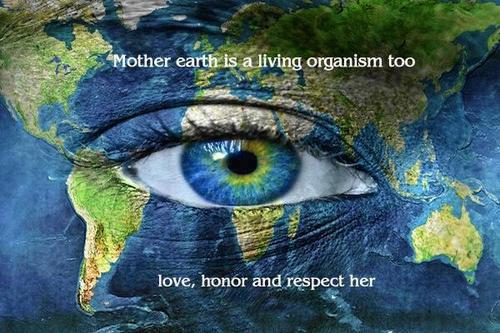
Photo:bing.com
- Details
- Written by: Kamran Mofid
- Hits: 2022
As I was thinking, reflecting and pondering about this very important question, I came across a very interesting, informative and instructive article. I began to read. I could not stop until I had finished it.
I do know, many visitors to the gcgi.info website, are equally interested in this topic, as much as I have been. So, here you have it. Let me share it with you. I hope it will be as helpful and hopeful to you as it has been to me.
Teaching in the Age of Selfies:Increase compassion and empathy with EQ

Photo:6seconds.org
How to increase compassion and empathy in the classroom? In the Age of Selfies, we can beat disconnection with compassion and empathy
by Anabel Jensen, Via Six Seconds (The Emotional Intelligence Network)
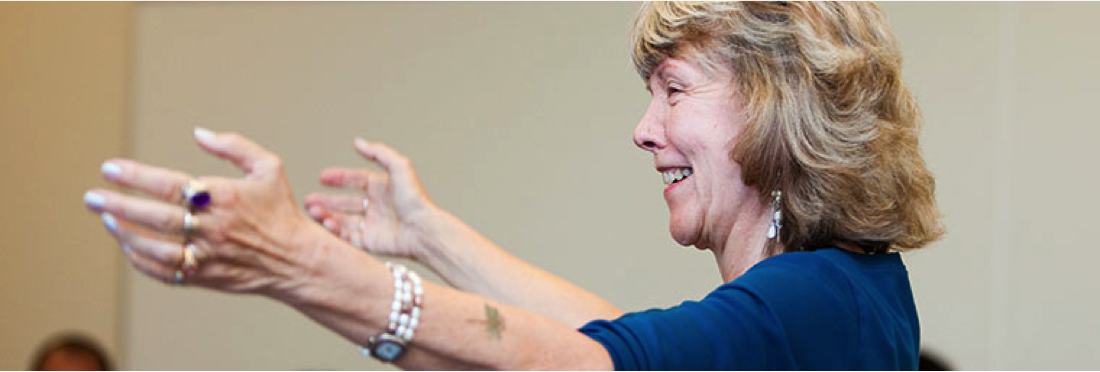
Anabel Jensen, President of Six Seconds and professor of education, Anabel Jensen, Ph.D., is a master teacher and a pioneer in emotional intelligence education. A two-time Federal Blue Ribbon winner for excellence in education, she was Executive Director of the Nueva School from 1983 to 1997 where she helped develop the Self-Science curriculum featured in Daniel Goleman’s 1995 best selling book, Emotional Intelligence. Photo: 6seconds.org
Welcome to the Age of Selfies,...
‘We’re so self-absorbed, self-promotional & self-conscious we’ve lost connection to others.’
‘I have always had the aim of helping students to become both academically and personally successful.’
‘Openness, love and a readiness to communicate will help students take a realistic view of the world.’
“Welcome to the Age of Selfies, where we are so self-absorbed, self-promotional, and self-conscious we’ve lost connection with others. What can be done to counteract this disconnect? The answer lies in emotional intelligence to increase compassion and empathy. EQ in the classroom or boardroom helps build bridges between people and gets us to break free from the Age of Selfies. Here’s 6 how-to tips to build stronger relationships and help use emotional intelligence to increase compassion and empathy.”
Executive Summary
“So, I began to think about how teachers can help during these tricky moments when students might feel isolated, or worried that they won’t fit in. Straight away, I wondered if the strands of thought and behavior which we’re increasingly seeing in modern society – selfishness, egotism, the dismissing of others who are too different from ourselves – might be impacting today’s students’ social and educational experiences in the classroom. Perhaps the best question is: how could they not? Movies, pop music, TV shows, and above all social media have all become conduits, it appears to me, for a new level of suspicion and disdain; our discourse has, partly due to the very mediums we use, become troublingly curt, brief, and often ego-driven. It appears our society is becoming more and more narcissistic and less and less empathetic. Here’s 6 how-to rules on how I try to teach tolerance and acceptance using emotional intelligence in the classroom.” - Teaching in the Age of Selfies
To Complement and further your reading:

"Passing of Knowledge" by Victor Tan Wee Tar
What is this life all about?
Why am I here? What’s my Life’s purpose? How can I make the most of my Life?
The Wisdom Corner
The links noted in “My Wisdom Corner” are amongst my Blog postings which are there to provide ideas for inspirational stories for everyone, encouraging contemplation, soul searching and spiritual enrichment.
Whenever you get a chance, please take a few minutes to watch, listen and read some of the amazing narratives below: They are some examples of the many gems I have discovered in my life journey from the wisdom of others. They have opened new horizons in my life. For that I cannot be grateful enough.The Wisdom Corner
- Details
- Written by: Kamran Mofid
- Hits: 1855
Neo-liberal Economic Globalisation: The prioritisation of finance and trade over the welfare of people
When there is no for the common good, then, there is disaster for all
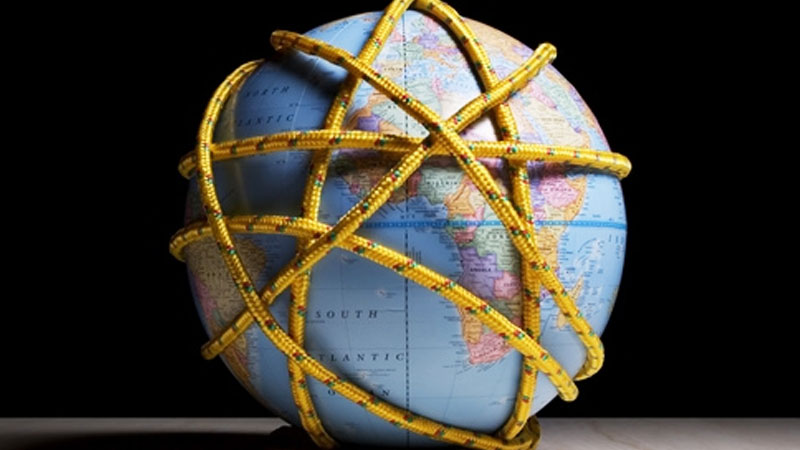
Today’s rise in nationalism, populism, revolts and conflicts is a reaction by different nations in the world against the prevalent neoliberal world order and the inequality, injustice and inhumanity it promotes. Photo:bing.com
“...It was only a few decades ago that globalisation was held by many, even by some critics, to be an inevitable, unstoppable force. “Rejecting globalisation,” the American journalist George Packer has written, “was like rejecting the sunrise.” Globalisation could take place in services, capital and ideas, making it a notoriously imprecise term; but what it meant most often was making it cheaper to trade across borders – something that seemed to many at the time to be an unquestionable good. In practice, this often meant that industry would move from rich countries, where labour was expensive, to poor countries, where labour was cheaper. People in the rich countries would either have to accept lower wages to compete, or lose their jobs. But no matter what, the goods they formerly produced would now be imported, and be even cheaper. And the unemployed could get new, higher-skilled jobs (if they got the requisite training). Mainstream economists and politicians upheld the consensus about the merits of globalisation, with little concern that there might be political consequences.
“Back then, economists could calmly chalk up anti-globalisation sentiment to a marginal group of delusional protesters, or disgruntled stragglers still toiling uselessly in “sunset industries”. These days, as sizable constituencies have voted in country after country for anti-free-trade policies, or candidates that promise to limit them, the old self-assurance is gone. Millions have rejected, with uncertain results, the punishing logic that globalisation could not be stopped. The backlash has swelled a wave of soul-searching among economists, one that had already begun to roll ashore with the financial crisis. How did they fail to foresee the repercussions?
“Arguments against the global justice movement rested on the idea that the ultimate benefits of a more open and integrated economy would outweigh the downsides. “Freer trade is associated with higher growth and … higher growth is associated with reduced poverty,” wrote the Columbia University economist Jagdish Bhagwati in his book In Defense of Globalization. “Hence, growth reduces poverty.” No matter how troubling some of the local effects, the implication went, globalisation promised a greater good.”...
The above are excerpts from an excellent article (Globalisation: the rise and fall of an idea that swept the world) by Nikil Saval, a co-editor of n+1 magazine, which was first published in the Guardian on Friday 14 July 2017, where she brilliantly tells the telling story of the lies of the so-called free trade by debunking neo-classical economics and economists, their lies and falsehoods: Globalisation: the rise and fall of an idea that swept the world
And now to continue further, reflecting deeper, pondering for a bit longer, the pertinent questions surely must be:
What should happen now?
Is globalisation dead and finished?
Where should we be going now?
Is there an alternative to the current neo-liberal economic globalisation?
And finally, Can Globalisation be for the Common Good?
I can put my hand on my heart and say: YES. YES.
To show you why and how this is possible, I need to tell you 'My Globalisation for the Common Good Story'. So please come with me and discover it for yourself:
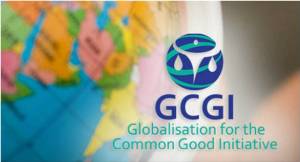
My Open Letter to the caretakers of neo-liberal economic globalisation
My Open Letter to Mark Carney who has questioned the merits of neo-liberal economic globalisation
